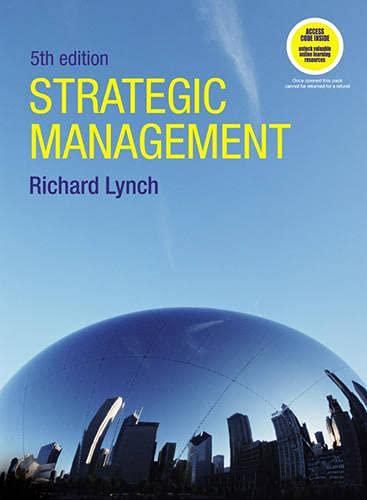Question
Question This is a highly stylized example of an insurance market. Suppose there are just two risk types, A and B, and their probabilities of
Question
This is a highly stylized example of an insurance market. Suppose there are just two risk types, A and B, and their probabilities of different levels of medical spending are as shown in the table below (similar to Table 7.1 on page 89 of Reinhardt's book). In this example, we will not be concerned about moral hazard; probabilities and medical spending levels are the same whether or not one has insurance.
Table 1. Probabilities of Different Levels of Medical Spending
Size of Medical bill
Fraction of TypeA Fraction of Type B
Expected to Incur Expected to Incur
Bill Such a Bill Such a Bill
$0 0.851 0.5295
$5,000 0.12 0.34
$25,000 0.02 0.09
$100,000 0.009 0.0405
Use this additional information for your answer:
- 80 percent of the population is Risk TypeA, 20 percent is Risk Type B
- Individuals know whether they are TypeA or Type B, and they know the probabilities of different levels of medical spending (this may be the most unrealistic assumption)
- Insurance is purchased in an individual market
- In order to cover their costs, insurers need to include a loading factor, L = .2, in the premiums they charge
- Individuals are risk-averse up to a point. They are willing to pay up to 1.25 times their "expected" level of medical spending (probability-weighted average) for insurance, but they will not buy insurance if the premium is larger than that amount
Question
- Suppose first that insurers cannot tell who is TypeA and who is Type B, so they must offer the same premium to anyone. If an insurance company could attract a representative population (80 percent TypeA, 20 percent Type B), what is the lowest premium it could charge and still cover its costs? (Please show work)
Step-by-step explanation FOR QUESTION 1
1.Supposing the insurers cannot tell who is TypeA and who is Type B.
Premium = [ probability of Risk Type a (sum of (probability *(its bill value)))] + [probability of risk type B (sum of (probability *(its bill value)))]
= [0.8(0(0.851) + 0.12 (5000) + 0.02 (25000) +0.009 (1,00,000))] + [0.2(0(0.5295) + 0.34(5000) + 0.09(25000) + 0.0405(100,000)]
= 0.8(0 + 600 + 500 + 900) + 0.2(0 + 1,700 +2,250 + 4,050)
= 0.8(2000) + 0.2(8000)
=1600 + 1600
= $3200
In order to cover the cost, insurers need to include a loading factor, L = 0.2, in the premiums they charge.
Therefore, the lowest premium they should charge is: 3200 + 0.2(3200) = $3,840.
****NEED HELP WITH QUESTION 2 AND 3***
2.What would happen if an insurance company offered a policy at the premium you found in Part 1? Would Type A's buy it? Would Type B's buy it? Would the insurance company cover its costs?
3.In light of your answers to Parts 1 and 2, what would you expect equilibrium to look like in this market? Who would buy insurance and at what premium? (You should assume that in equilibrium, competition among insurers keeps premiums as low as possible, consistent with covering costs.)
Step by Step Solution
There are 3 Steps involved in it
Step: 1

Get Instant Access to Expert-Tailored Solutions
See step-by-step solutions with expert insights and AI powered tools for academic success
Step: 2

Step: 3

Ace Your Homework with AI
Get the answers you need in no time with our AI-driven, step-by-step assistance
Get Started


